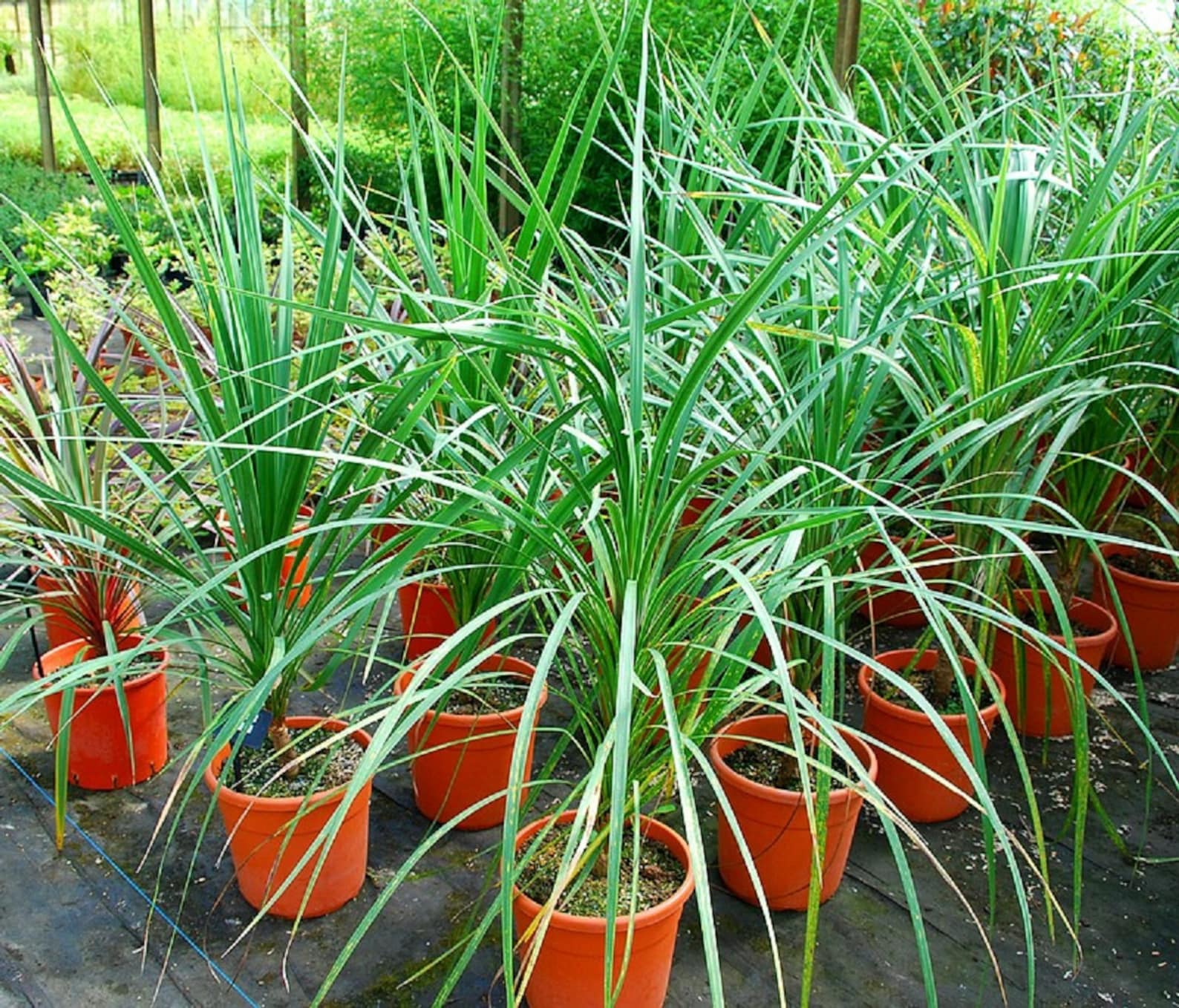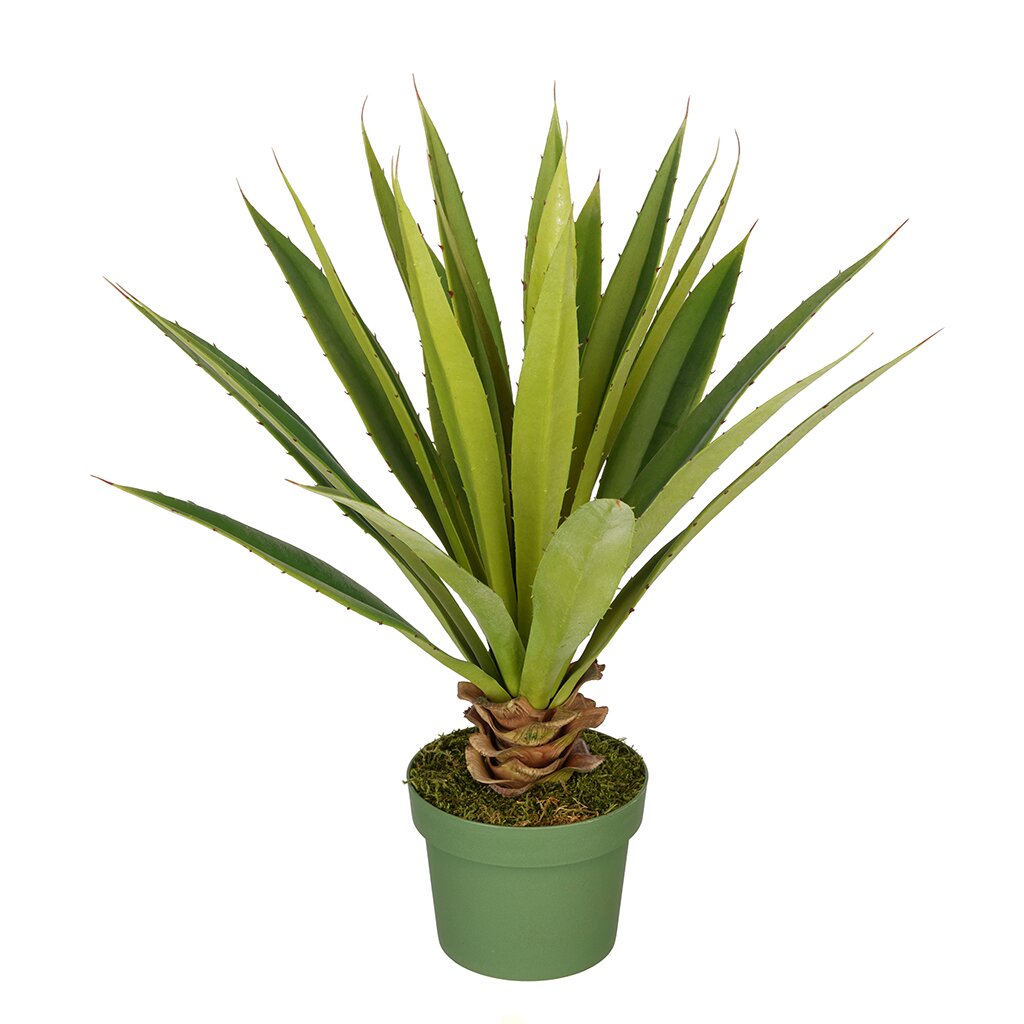
In this case, you may need to increase the frequency of fertilization or switch to a higher-nitrogen fertilizer. If you see that your plant is starting to yellow or its growth is stunted, then it’s likely that it’s not getting enough nutrients. Fertilize your spike plant every two weeks during the growing season (spring and summer), and then reduce frequency to once a month during fall and winter.Ĥ. Avoid getting any on the leaves, as this can burn them.ģ. Apply the fertilizer evenly around the base of the plant. This will ensure that your plant gets the nutrients it needs in order to grow healthy and strong.Ģ. A balanced fertilizer has equal parts of nitrogen, phosphorus, and potassium (the N-P-K ratio). If you want your spike plant to really thrive, then you need to fertilize it regularly. Just make sure to keep it out of direct sunlight, as too much sun can scorch its leaves. So if you live in an area with warm weather, your spike plant will be very happy. They like it hot! In fact, they thrive in temperatures that are between 70 and 85 degrees Fahrenheit. If you’re wondering what temperature is best for a spike plant, the answer is pretty simple. Just make sure the light is bright enough and provides the right spectrum of light for optimal growth. If you don’t have a spot in your home that gets that much sun, you can try growing your spike plant under artificial light. In fact, they need at least six hours of direct sunlight each day to thrive. Spike plants are native to tropical and subtropical regions of the world, so they’re used to plenty of sun. Here’s what you need to know about the sunlight requirements of a spike plant. If you’re thinking about adding a spike plant to your home, you might be wondering how much sunlight it needs. If it still looks wilted, try moving it to a spot with better drainage or adding some perlite or sand to the potting mix for better drainage. Give it a good drink and check the soil again in a few days. If you notice that your spike plant is wilting or its leaves are drooping, this is a sign that it needs more water. Just make sure not to let the soil dry out completely during these times. When growth slows down in fall and winter, you can reduce watering to every other week or even once a month. During active growth periods, you may need to water your plant once a week or more. Don’t let the plant sit in water, as this can cause root rot.ĭuring the growing season (spring and summer), your spike plant will need more water than during the dormant season (fall and winter). To water, use lukewarm water and pour it directly onto the soil until it starts to drain out of the bottom of the pot. Water the plant when the top inch of soil is dry. Spike plants like their soil to be moist but not soggy.

Here’s what you need to know about watering a spike plant. They’re easy to care for and make a great addition to any room. These plants are native to Africa and can grow up to 15 feet tall.

If you have a spike plant, also known as dracaena, in your home, you may be wondering how often to water it. You can also divide your spike plant every few years to keep it looking its best Watering a spike plant This will encourage new growth and prevent the plant from getting too leggy. Once your spike plant is done blooming, cut back the stems to about 6 inches (15 cm) above ground level. If you see these pests on your plant, treat them with an insecticidal soap or neem oil solution. However, they can be susceptible to aphids and spider mites. Spike plants are generally low-maintenance and pest-free. Apply the fertilizer in early spring before new growth begins. Fertilize your plant once a year with a balanced fertilizer such as 10-10-10. Spike plants are tolerant of drought, so if you live in an area with little rainfall, they may not need much supplemental watering. To care for your spike plant, water it regularly during the growing season.

Spike plants bloom from June to August and produce clusters of orange or yellow flowers. They get their name from their long, thin leaves that resemble spikes. Spike plants are native to North America and can be found in dry, open habitats such as prairies and meadows. Here are some tips to help you keep your spike plant healthy and happy.

#Spike plant outdoors how to#
If you have a spike plant, or Asclepias tuberosa, in your garden, you may be wondering how to care for it. Spike plants are known for being low-maintenance and easy to care for, making them a popular choice for gardens and landscaping. These plants are native to tropical and subtropical regions, and they come in a wide variety of colors, including white, pink, purple, and red. A spike plant is a type of flowering plant that gets its name from the way its flowers grow in spikes or clusters.


 0 kommentar(er)
0 kommentar(er)
